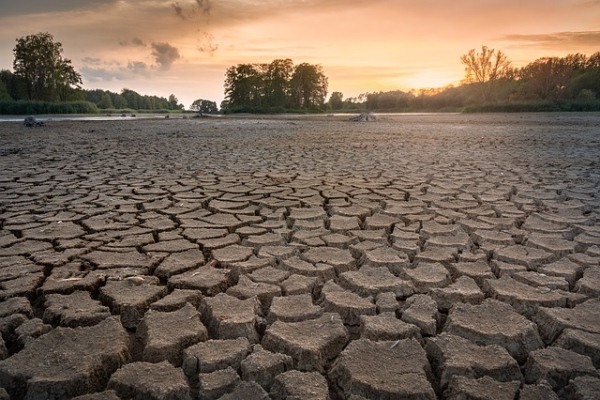Drought in many parts of Southeast Asia may become even more frequent and intense if actions are not taken now to build resilience, according to a new study assessing prospects for the decades ahead and highlighting the principal risks in the region.
Launched April 24, Ready for the Dry Years: Building Resilience to Drought in South-East Asia is a joint study by the United Nations Economic and Social Commission for Asia and the Pacific (ESCAP) and the Association of Southeast Asian Nations (ASEAN).
The study is released against the backdrop of the ongoing drought in almost all countries in Southeast Asia, with social and economic impacts already being felt very strongly in Cambodia, the Philippines, Thailand and Vietnam.
The study said the cumulative impacts of drought in the region strike hardest at the poor and heighten inequality, as well as degrade land and increase the prospects of violent conflict.
Droughts can also be particularly damaging in countries where many people rely on agriculture for primary employment (61% in Laos, 41% in Vietnam, 31% in Indonesia, 27% in Cambodia and 26% in the Philippines).
About 34% of the Southeast Asian population work in the agricultural, fisheries, and forestry sectors. These sectors are the region’s largest source of employment based by industry and are vulnerable to the effects of drought, a major impact of climate change.
Drought could bring about severe economic losses for ASEAN member states through crop damage or failure, as agriculture contributes up to 25.9% of GDP share in the region.
Drought also threatens food security and limits access to water for consumption and domestic use which affects people’s livelihood.
There are also potential social impacts of drought, including human health problems due to limited and poor water quality, public safety threat by increasing forest and range fires, and changes in lifestyle through urbanization.
“In this light, understanding and monitoring drought becomes important through investment into research and development,” said the report.
Over the past 30 years, droughts have affected over 66 million people in the region. However, due to their slow onset, droughts are often under-reported and under-monitored, resulting in conservative estimates on its impact in the region.
The study points out that the future could be even worse. With climate change, many more areas are likely to experience extreme conditions with severe consequences.
“More dry years are inevitable, but more suffering is not. Timely interventions now can reduce the impacts of drought, protect the poorest communities and foster more harmonious societies,” said United Nations Under-Secretary-General and Executive Secretary of ESCAP Armida Alisjahbana.
Increasing resilience to drought will require much better forecasting and more efficient forms of response, at both national and regional levels.
Ready for the Dry Years proposes three priority areas of intervention for ESCAP and ASEAN.
These are strengthening drought risk assessment and early warning services, fostering risk financing instruments that can insure communities against slow-onset droughts, and enhancing people’s capacities to adapt to drought.
“The priority areas of intervention highlighted in this report will contribute to the development of policy responses to mitigate the impact of future drought and eventually will strengthen efforts on building the ASEAN Community that is resilient to drought,” said Secretary-General of ASEAN Dato Lim Jock Hoi.
Photo: Sven Lachmann









